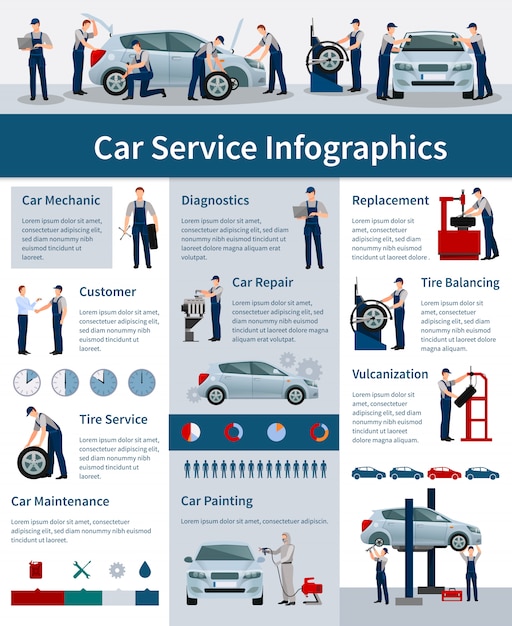Eager To Understand What The Dashboard Warning Lights In Your Automobile Indicate? Discover Their Meanings For The Health And Safety Of Your Automobile
Eager To Understand What The Dashboard Warning Lights In Your Automobile Indicate? Discover Their Meanings For The Health And Safety Of Your Automobile
Blog Article
Web Content Writer-Lim Shepherd
When you're behind the wheel, those beautiful warning lights on your control panel can be a bit difficult. Do you recognize what they're trying to tell you about your vehicle's wellness? Understanding the value of these lights is vital for your safety and the durability of your vehicle. So, the next time one of those lights turns up, wouldn't you wish to understand its message accurately and take the needed actions to address it?
Common Caution Lighting and Interpretations
Identify usual warning lights in your cars and truck and recognize their definitions to guarantee secure driving.
One of the most common warning lights include the check engine light, which signifies concerns with the engine or emissions system. If Suggested Website begins, it's essential to have your lorry checked promptly.
The oil pressure warning light indicates reduced oil stress, requiring instant focus to prevent engine damage.
A flashing battery light might recommend a faulty billing system, potentially leaving you stranded otherwise attended to.
The tire pressure tracking system (TPMS) light informs you to low tire stress, impacting automobile security and gas effectiveness. Overlooking this could bring about harmful driving problems.
The abdominal muscle light indicates an issue with the anti-lock stopping system, jeopardizing your ability to quit promptly in emergencies.
Last but not least, the coolant temperature level cautioning light warns of engine getting too hot, which can lead to severe damages otherwise dealt with quickly.
Comprehending https://cristianuoicw.aboutyoublog.com/31857000/see-the-transformative-fads-forming-the-future-of-vehicle-repair-from-electrical-lorries-to-ai-integration-that-will-transform-the-market will assist you resolve issues immediately and preserve secure driving problems.
Significance of Prompt Focus
Understanding the common warning lights in your auto is only the primary step; the significance of quickly dealing with these warnings can not be stressed sufficient to ensure your security when driving.
When a caution light brightens on your control panel, it's your car's method of connecting a potential concern that requires interest. Ignoring these warnings can cause a lot more extreme problems later on, jeopardizing your safety and security and potentially costing you extra out of commission.
Motivate interest to cautioning lights can protect against break downs and mishaps. As an example, a flashing check engine light might suggest a misfire that, if left neglected, might create damages to the catalytic converter. Addressing this without delay can conserve you from a costly repair work.
In a similar way, a brake system cautioning light could signify reduced brake fluid or used brake pads, crucial parts for your safety when driving.
DIY Troubleshooting Tips
If you see a warning light on your control panel, there are a couple of do it yourself troubleshooting tips you can try before looking for specialist help.
The very first step is to consult your automobile's guidebook to understand what the particular caution light indicates. Often the problem can be as simple as a loosened gas cap causing the check engine light. Tightening the gas cap might deal with the trouble.
Another typical concern is a reduced battery, which can cause various alerting lights. Checking the battery connections for rust and guaranteeing they're safe and secure might repair the trouble.
If a caution light continues, you can attempt resetting it by detaching the auto's battery for a couple of minutes and then reconnecting it. In addition, examining your vehicle's fluid levels, such as oil, coolant, and brake fluid, can assist fix cautioning lights related to these systems.
Final thought
In conclusion, recognizing your vehicle's warning lights is crucial for keeping your automobile running efficiently and securely. By promptly addressing these informs and understanding what they indicate, you can prevent pricey repair services and prospective malfunctions.
Remember to consult your auto's guidebook for certain information on each advising light and act accordingly to guarantee a hassle-free driving experience.
Keep notified, remain safe on the road!
